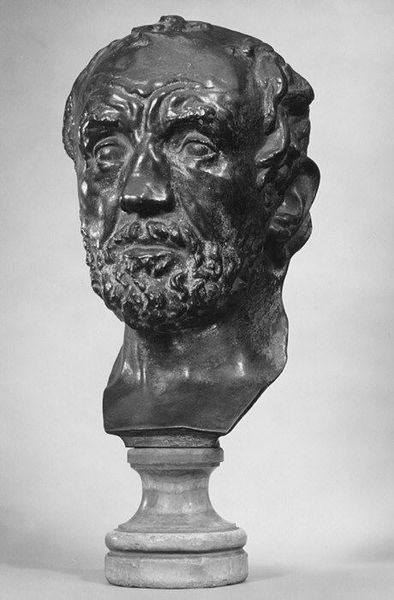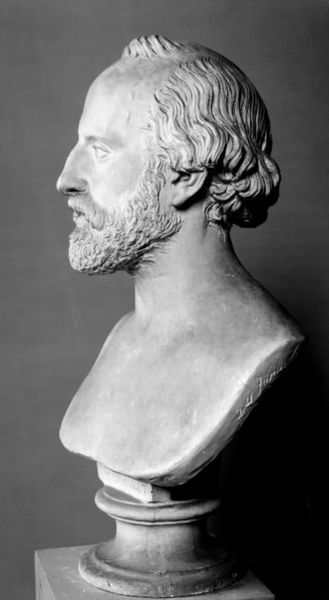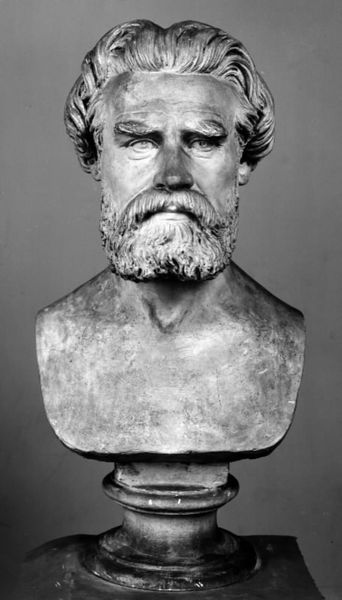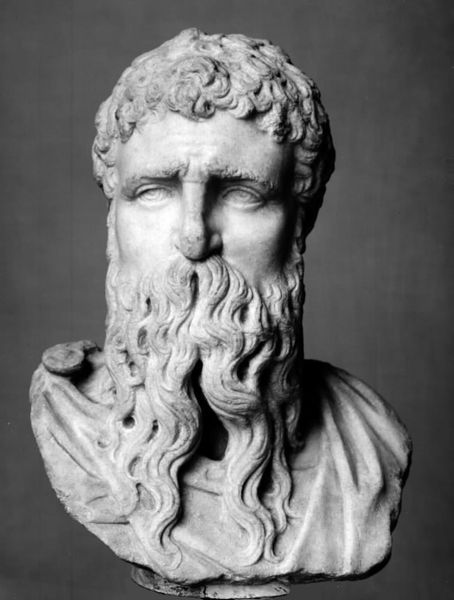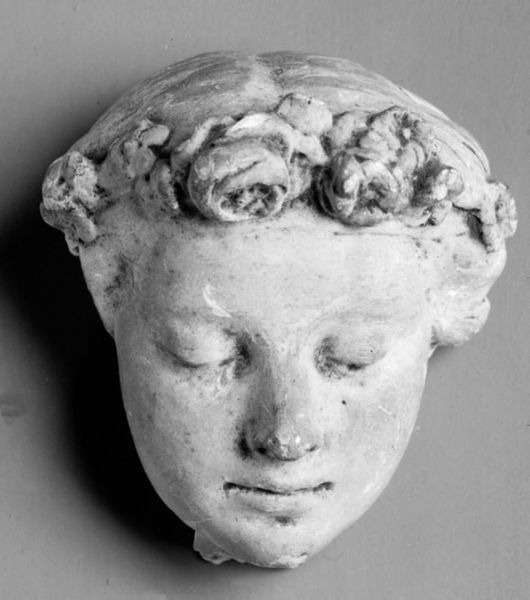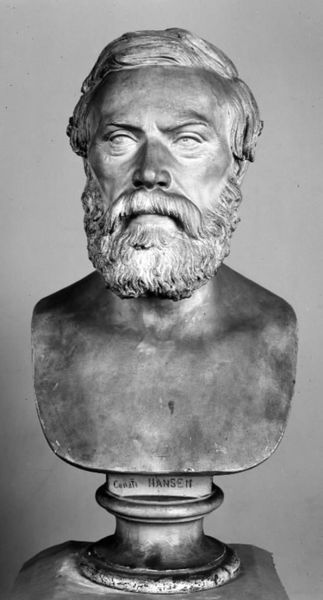
sculpture, marble
#
portrait
#
baroque
#
sculpture
#
classical-realism
#
sculpture
#
marble
Dimensions: 14.8 cm (height) (Netto)
Editor: This marble bust, "Head of a Philosopher" by Pierre Puget, dates back to the 17th century. I find the figure's expression quite compelling; he seems both thoughtful and weary. What do you see in this piece? Curator: I see a direct connection to the revival of classical ideals that were shaping European society at that time. Notice how the choice of marble and the subject matter explicitly invoke the artistic traditions of ancient Greece and Rome. Puget, like many Baroque artists, was deeply influenced by these precedents, yet he also infused his work with a new dramatic intensity. It begs the question, who did portraits like these intend to reach? Editor: That's fascinating. So, was this more than just a likeness of an individual? Curator: Precisely. It functioned within a broader cultural landscape where classical imagery was used to legitimize authority, convey moral virtues, and even to inspire political movements. Consider how these busts were displayed – often in academies or private collections. Their function extended to shaping the image of powerful figures. Does that suggest the art market played an important role? Editor: Absolutely, it sounds like Puget's work wasn’t just about art for art's sake, but also tied to specific social and political goals. Curator: Exactly. Reflecting on that role truly illuminates the impact his images had. It is a way to consider artistic choices through the lens of their impact on societal trends and institutions. Editor: I’ve definitely learned to think more deeply about the context that shapes artistic expression. Thanks for sharing that illuminating perspective!
Comments
No comments
Be the first to comment and join the conversation on the ultimate creative platform.
